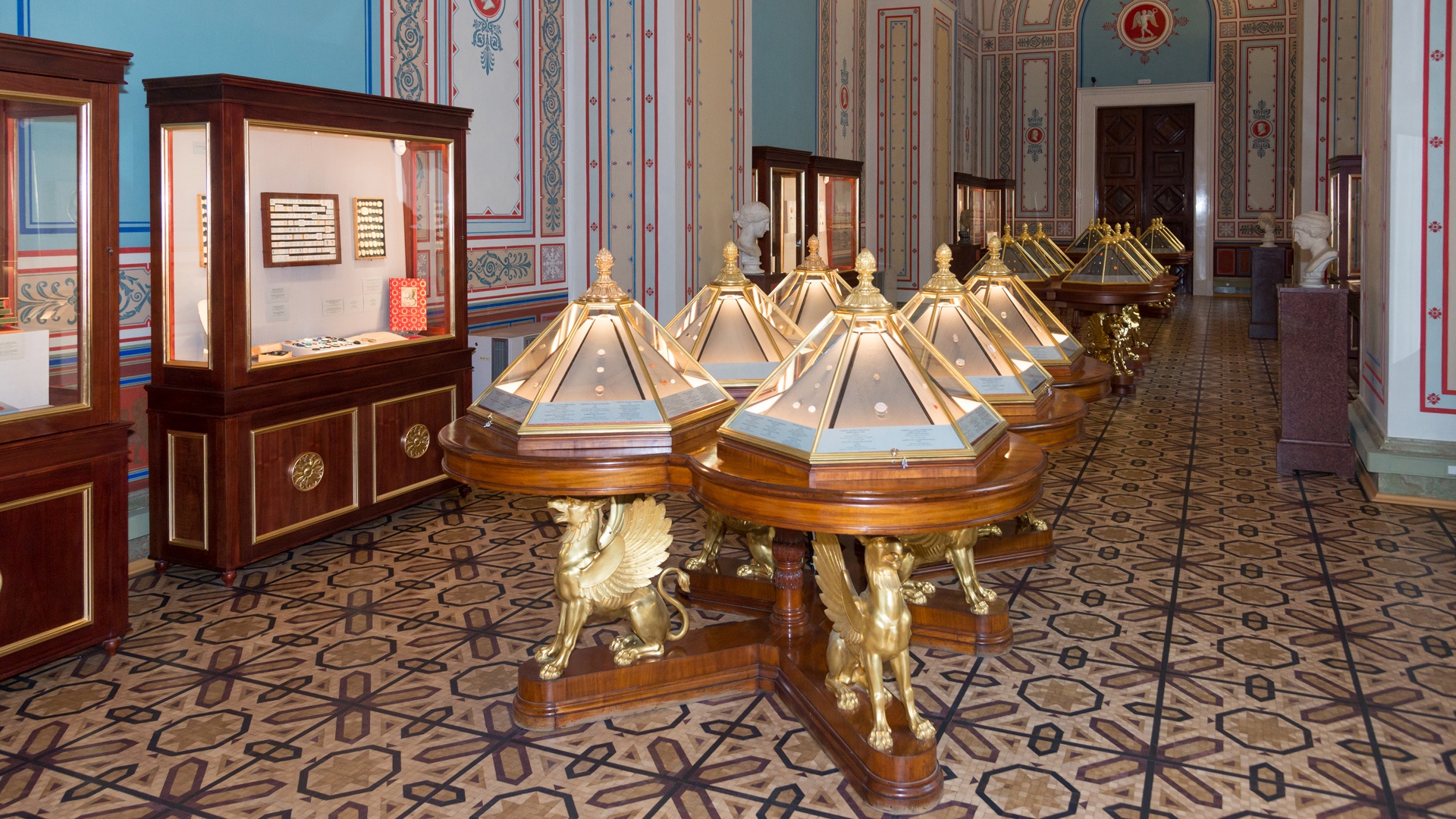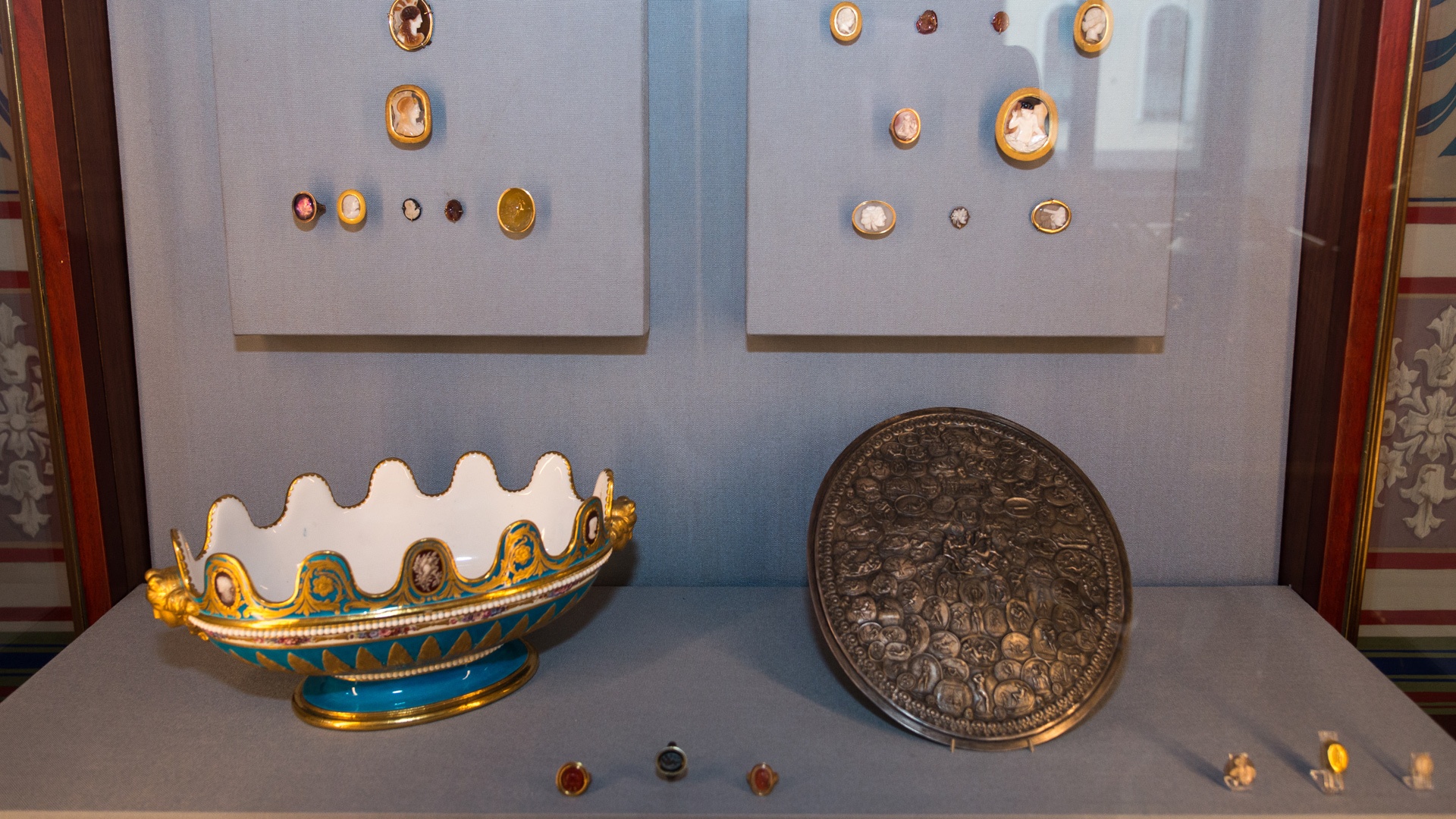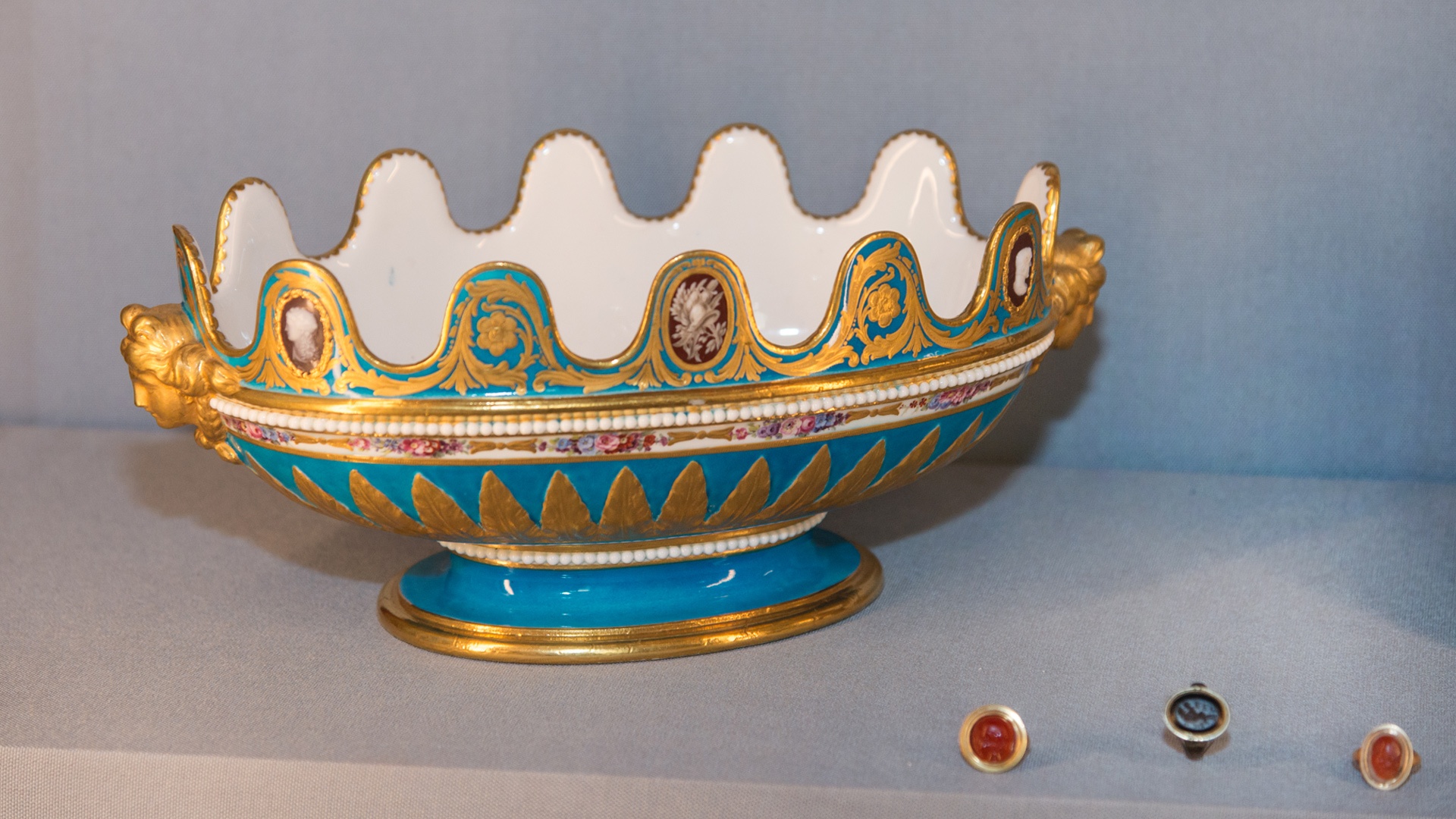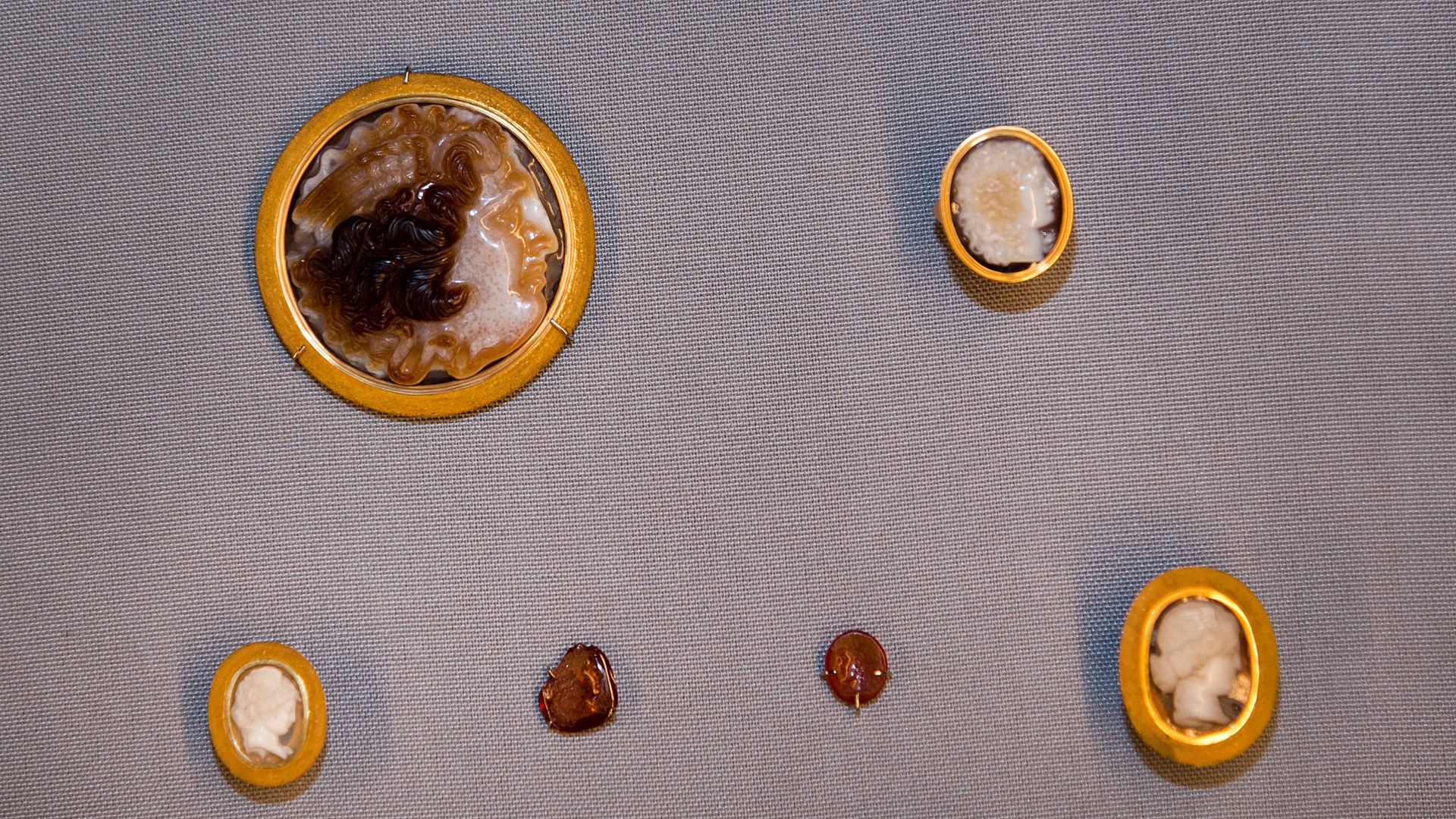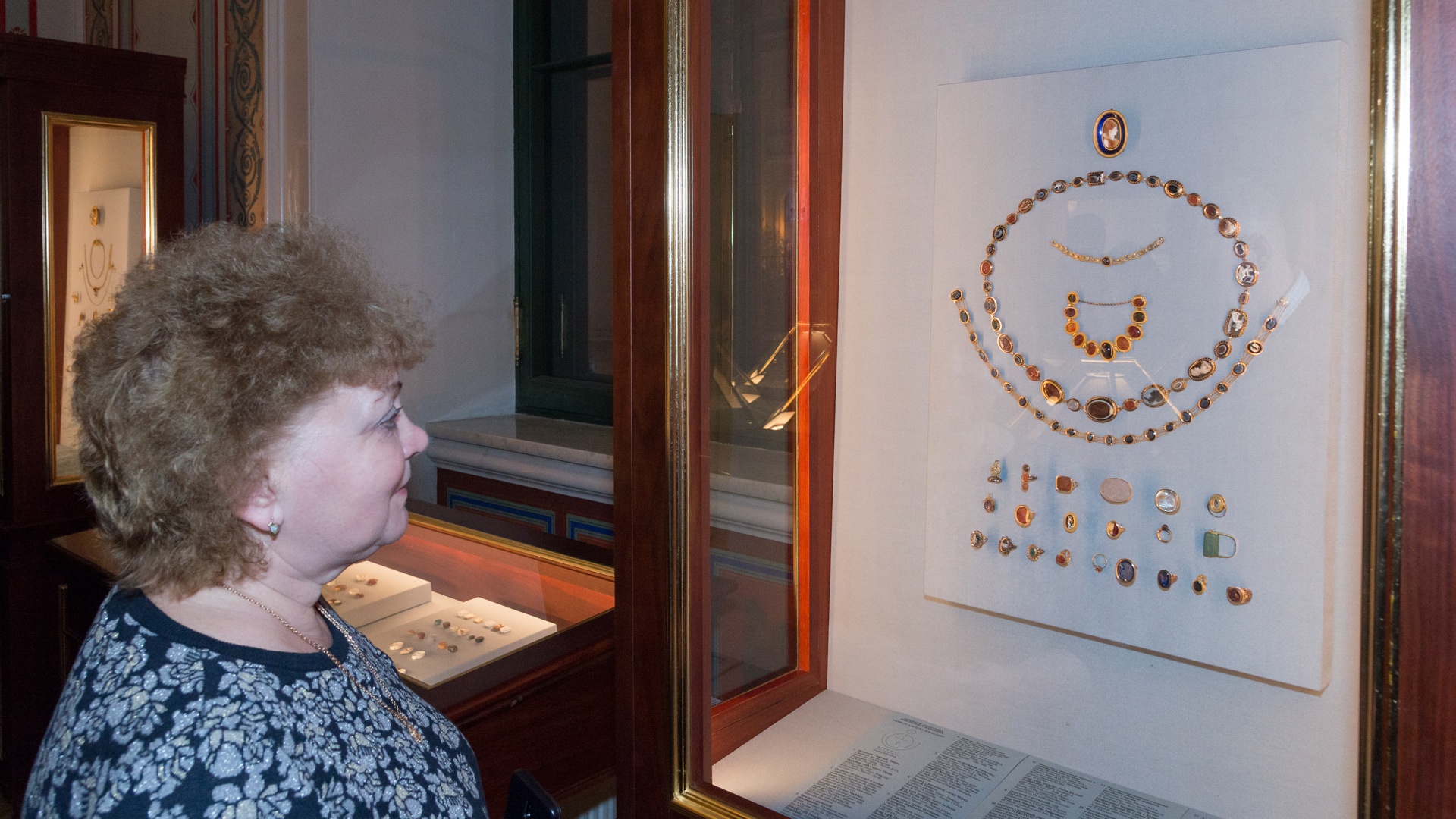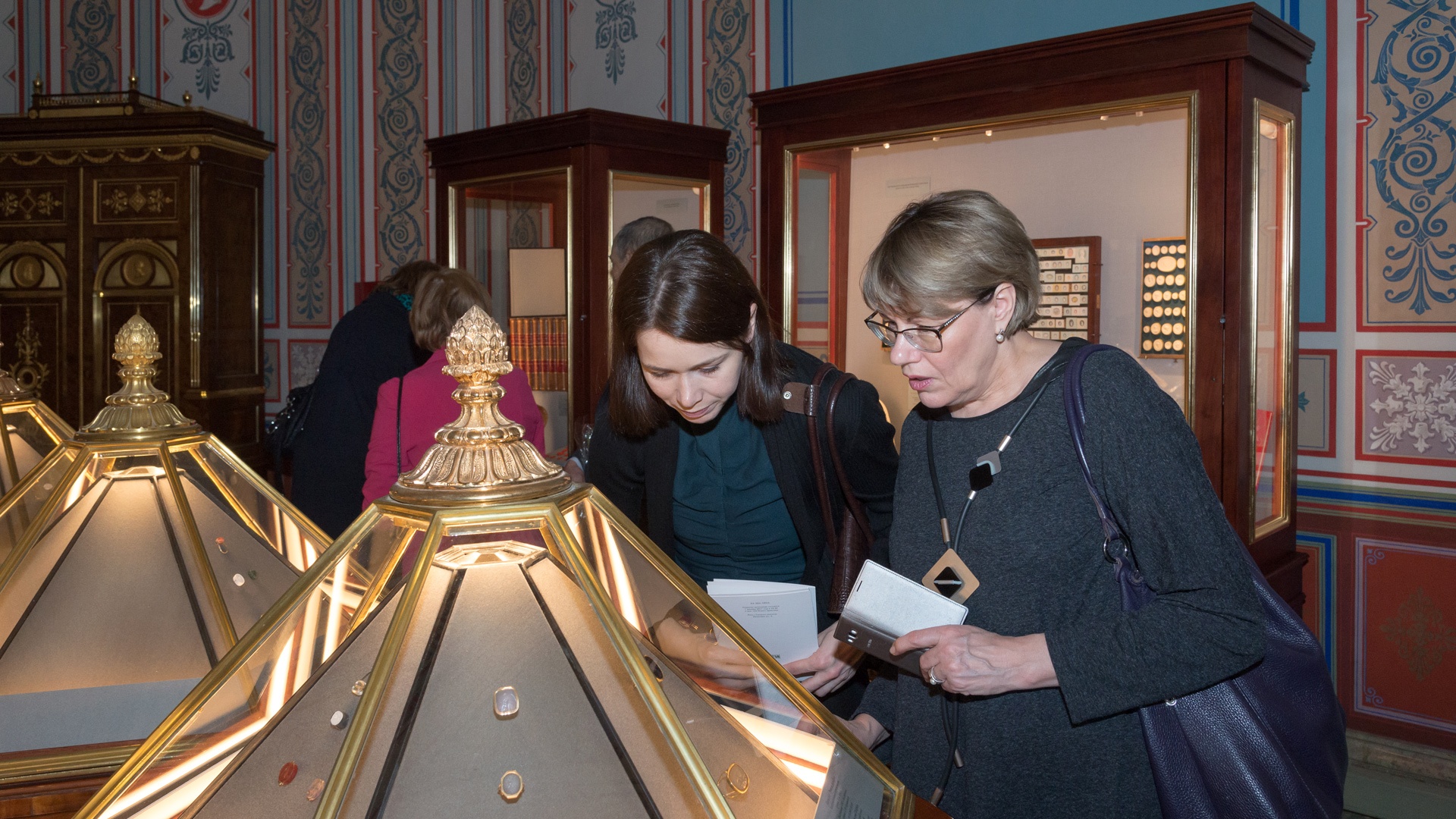Return of Displays to the Halls of Classical Antiquity

The State Hermitage is implementing a programme for the refurbishment of the permanent display of the art of the Ancient World. The interior decoration of these halls was created between 1839 and 1852 to the designs of the architect Leo von Klenze during the construction of the Imperial Museum (New Hermitage) – the first museum building in Russia intended for the presentation of collections of art. That is why the creation of the new permanent displays of ancient art in the New Hermitage will employ Neo-Classical stylization with the aim of preserving the historical identity and bringing back the look of the 19th-century museum.
So far restoration and reconstruction has been carried out in twenty halls. Still underway is the return of displays to the last three galleries, which fill almost the entire ground floor in one wing of the New Hermitage. During the Soviet period, the displays in those three halls were dismantled and they were converted into storage and workspace for the staff of the Department of the Ancient World. The artistically significant interiors and the collections became inaccessible to the public. In 2014, it was decided to free up the halls, removing the work and storage facilities to the “Spare House” just along Palace Embankment, where premises were specially reconstructed for that purpose. Following a comprehensive restoration in the three halls of the department, new permanent displays of art for the Ancient World are being created. The first – presenting ancient cameos and intaglios – was opened on 7 December 2017. The inauguration of the display of ancient vases took place in the end of 2018. In 2019 a new permanent exhibition of antiquities from the Northern Black Sea region will be created.
 Кonstantin Ukhtomsky. The Picture Gallery (room №119), The Hall of Engravings (№118), The Gallery of Antiquities from Cimmerian Bosporus (№120).
Кonstantin Ukhtomsky. The Picture Gallery (room №119), The Hall of Engravings (№118), The Gallery of Antiquities from Cimmerian Bosporus (№120).The project entails the comprehensive restoration of the interiors and refurbishment of utilities, the making of sets of showcases and the creation of three new permanent displays that will include the most highly artistic and significant sections in the Hermitage’s collections of Classical Antiquity:
- the Hall of Ancient Glyptics – Engraved Gems of Ancient Greece and Rome
- the Hall of Vases – Ancient Painted Ceramics
- the Gallery of the Ancient Colonization of the Northern Black Sea Region.
Hall of Ancient Glyptics. Engraved Gems of Ancient Greece and Rome

The display that recently opened in the Hall of Ancient Glyptics is devoted to the history of ancient stone carving and the history of the Hermitage’s collection of cameos and intaglios, which was formed in the main as far back as the 18th century. Catherine II was a passionate admirer of this type of art and by the end of her reign in 1796 the Empress had amassed more than 10,000 examples. Her successors from the House of Romanov also contributed to the enlargement of the museum collection. Their acquisitions were previously owned by prominent European collectors, Vatican officials, noble families and crowned heads.
- 1 / 6
- 2 / 6
- 3 / 6
- 4 / 6
- 5 / 6
- 6 / 6
Hall of Vases. Ancient Painted Ceramics

The State Hermitage possesses one of the world’s greatest collections of ancient ceramics, which includes numerous vases and fragments discovered on Russian territory in the 18th to 20th centuries, as well as others found in Italy and acquired from collectors in the 1800s and 1900s. The core of the collection was formed in the 19th century through purchases from the collections of Giuseppe Antonio Pizzati and Countess Alexandra Laval, as well as the famous collection of Giampietro Campana, Marchese di Cavelli.
In the Hall of Vases, around 1,000 unique examples of ancient painted ceramics are exhibited, presenting the history of ancient vase-painting and also the history of collecting.
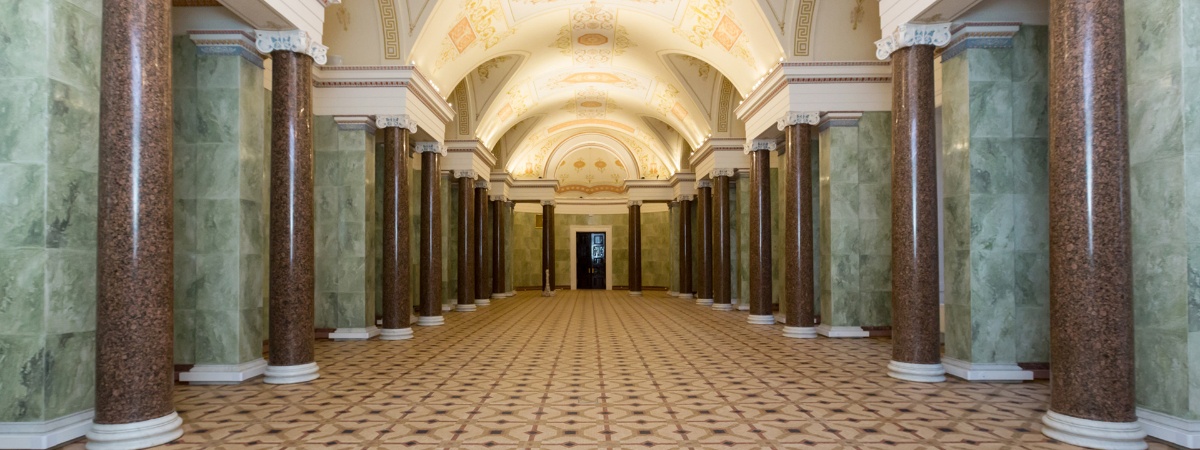
Gallery of the Ancient Colonization of the Northern Black Sea Region

Within this gallery, a new type of interactive display will be created providing extensive information for an in-depth exploration of the history of the ancient cities of Southern Russia. Over 500 archaeological artefacts will be on show.
The display will be drawn from the collections produced by excavations in such ancient centres of life on the Black Sea between the 6th century BC and the 3rd century AD as Olbia, Berezan island, Chersonesus and the cities of the Bosporan Kingdom (Pantikapaion, Myrmekion, Ilurat, Gorgippia, etc.) and their necropolises.
The display will begin with a multimedia section presenting the history of archaeological excavations in the Northern Black Sea Region and recent results of such researches obtained through the work of expeditions organized by the State Hermitage. The main part of the exhibition will be organized thematically. Items from different sites will be grouped into subject areas that successively reveal various aspects of the lives of the people who inhabited the ancient colonies of the Northern Black Sea region.

The project calls for comprehensive restoration of all elements of interior decoration; refurbishment of all utilities; production of showcases and the creation of three new permanent displays.
All the work will be carried out in accordance with the approved Specifications and Restoration Project, agreed with the North-Western Federal District branch of the Federal Service for Overseeing Observance of Legislation in the Field of the Protection of Cultural Heritage.
Contact:
